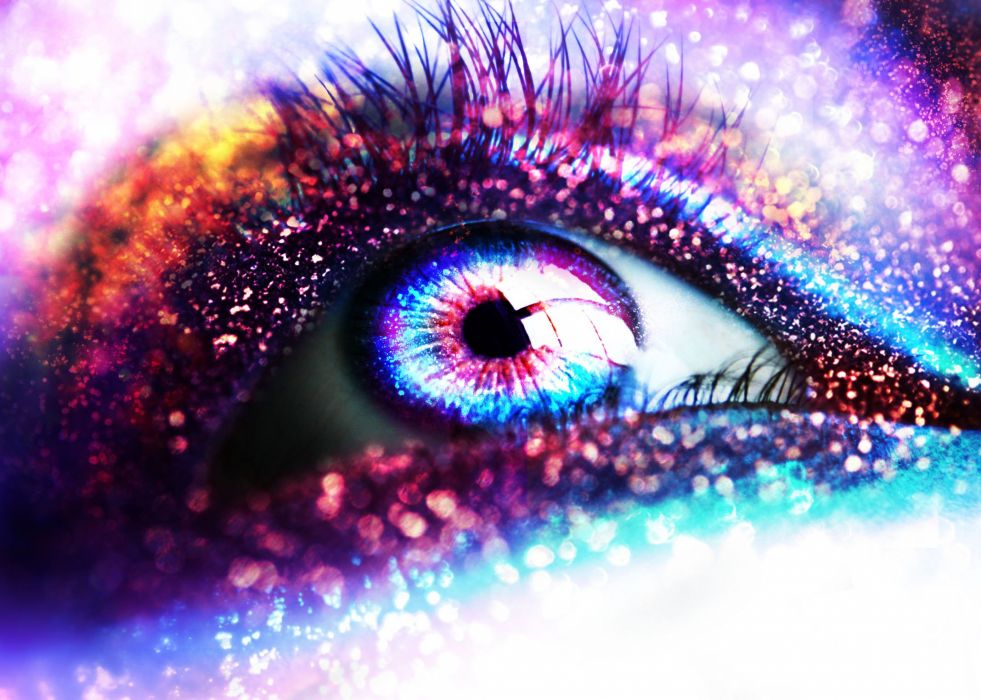
The color produced by light is a kind of an energy. This energy affects both the functions of our body as well as our mind and emotions. There is a connection between our brain and our actions. Depending on how the brain is stimulated, a person can be rendered happy, angry, sad or anxious. The central nervous system is the main control center of human actions. Although the eye is the organ of sight, studies conducted suggest that in reality the brain perceives the image. The image is observed and transmitted to the related part of the brain by millions of nerve endings in the retina of the eye, leading to the perception of the image. We react both physiologically and psychologically to color.

Studies conducted have demonstrated the benefits of colors where the development of brain, creativity, productivity and learning are concerned. One prominent researcher in the field was Swiss psychiatrist Carl Jung (1875-1961), who is quoted saying: “colors are the mother tongue of the subconscious.” His studies led him to develop art therapy, as he believed that expressing oneself through images and colors could help patients recover from trauma or distress. He connected our cultural perceptions with the idea that we have a universal, bodily response to color stimulus.
In the late 1660’s, Sir Isaac Newton discovered how the color spectrum is organized and composed. But the psychology of color dates back thousands of years, to Egyptians who studied their effect on mood and used them to accomplish holistic benefits.
In 1875, European doctor Ponza conducted various experiments by using colored glass, walls and furniture in various rooms. The colors Ponza used were red and blue. A man refusing to eat for days started desiring food. An aggressive patient put in a blue room calmed down in a period of one hour.
In 1942 Goldstein examined the effect of color on organisms, conducted studies on patients and observed the colors that had positive and negative effects. In Parkinson patients, While the color red caused a deterioration in the pathological problem observed in Parkinson patients, green led to improvements. Brain damaged patients also reacted negatively to the color red.
In 1957, red was discovered to have a most stimulating effect on visual activity and autonomic nervous system functions in comparison to blue.
In 1974 K.W. Jacobs and F.E. Hustmyer demonstrated red to be more stimulating than green and green more stimulating than blue and yellow. According to this study, colors in long wavelength are more stimulating than those in short wavelength. According to these studies a person left in a red room is continuously stimulated while green is calming. The reactions of the person’s body return to normal after a period of time after he leaves the red room.
In 1976 Rikard Kuller demonstrated that colors affect not only the outer layer of the brain but the entire central nervous system as well.
In a study conducted on men and women by Kuller in 1981, color was shown to have a great effect on EEG and heart rate, as well as the emotional perception of objects.
Many studies about color psychology are anecdotal, because preferences for certain shades and responses that rely on “feeling” are difficult to measure. For instance, one study found that 35% of Americans prefer the color blue, 16% preferred green, 10% purple, and 9% red. At the same time, one study found that 35% of Indians prefer the color red, 16% preferred green, 10% blue, and 9% purple. Marketers often develop logos, stores, and packaging based on the results of similar studies.
“Color Emotion Guides” are other ways that brands incorporate color associations today. We might not be trying to heal a chest cold by painting our rooms blue, but we certainly understand that people prefer certain shades, and those shades are worth discovering through color psychology.
Source
Plagiarism is the copying & pasting of others work without giving credit to the original author or artist. Plagiarized posts are considered fraud and violate the intellectual property rights of the original creator.
Fraud is discouraged by the community and may result in the account being Blacklisted.
If you believe this comment is in error, please contact us in #appeals in Discord.
Hi! I am a robot. I just upvoted you! I found similar content that readers might be interested in:
http://renketkisi.com/en/psychology-and-color.html